- Home
- Travel In China > China Culture > Chinese Architecture >
Scenic Resort Gardens in China
The essence of scenic resort gardens was its public nature. The origin might be traced back to ancient folk customs such as people’s recreation activities like the Shangsi and Fuxi Festivals.
One of the examples was the Qujiang Pond scenic resort of Chang’an city in the Tang Dynasty. In ancient times, water-side scenic resorts and gardens mostly came into existence for the construction of the irrigation and navigation facilities.
Instances of this kind can be cited as the West Lake in Hangzhou, Daming Lake in Jinan, Jinhua Pool in Kumming and Lean West Lake in Yangzhou.
Top Scenic Resort Gardens in China
During the same period, public buildings such as Buddhist monasteries, Taoist temples, ancestral halls and academies of classical learning were often constructed in noted scenic areas. All these factors promoted the formation of the landscape gardens, as could be seen from the fact that the 4 Major Temples for Buddhist rite services and numerous Taoist “cave paradises” had later become tourist attractions.
The Chinese people have a history of appreciating and enjoying nature’s beauty. As famous tourist attractions, the natural scenic parks all contain scenes of exceptional beauty. These scenes, known as jing, are usually given poetic names. Typically, there are many different scenes in each park, for instance, the eight scenes of the Great Brightness Lake, Jinan, the ten famous scenes of West Lake, Hangzhou, and the 24 scenes of Slender West Lake, Yangzhou. At one time there were as many as 60 scenes in Foolish Old Man Valley of Wuxi.
The essence of scenic resort gardens was its public nature. The origin might be traced back to ancient folk customs such as people’s recreation activities like the Shangsi and Fuxi Festivals.
Recommended Chinese Garden Tours

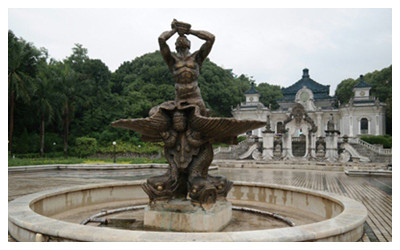
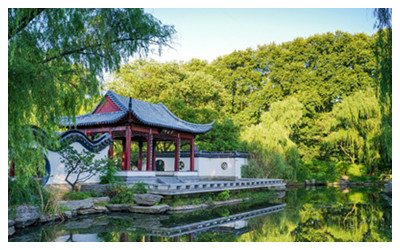
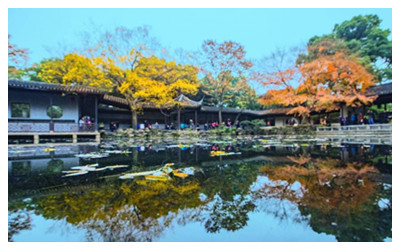
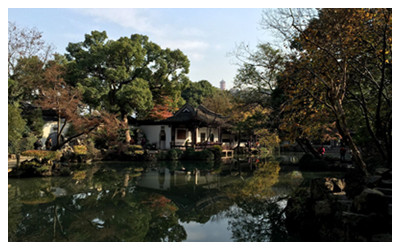
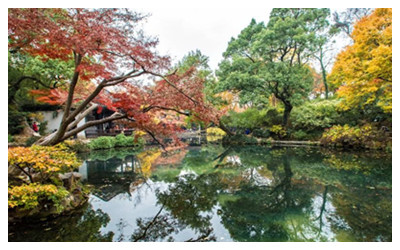
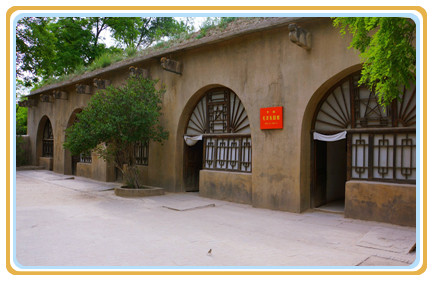
 Ask Questions ?
Ask Questions ?